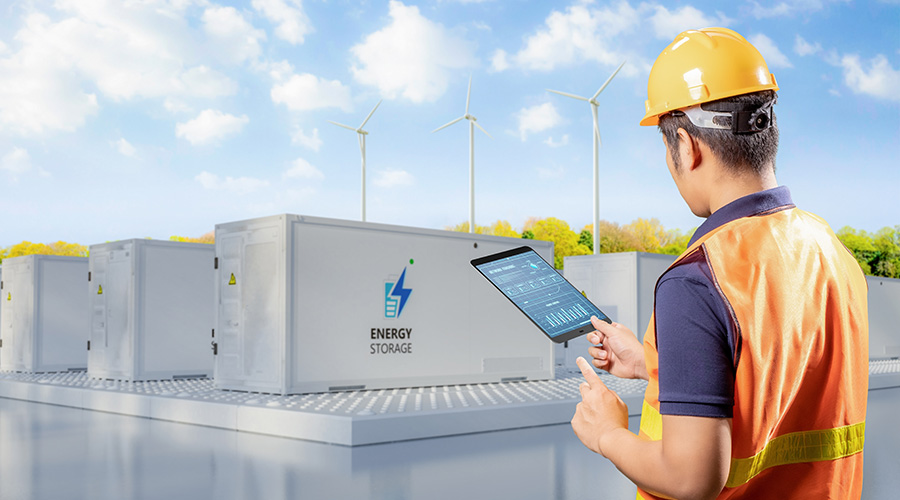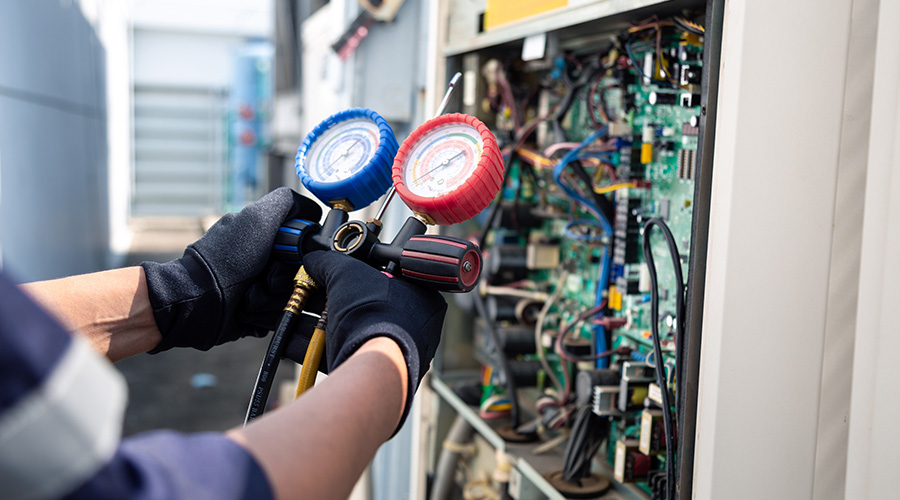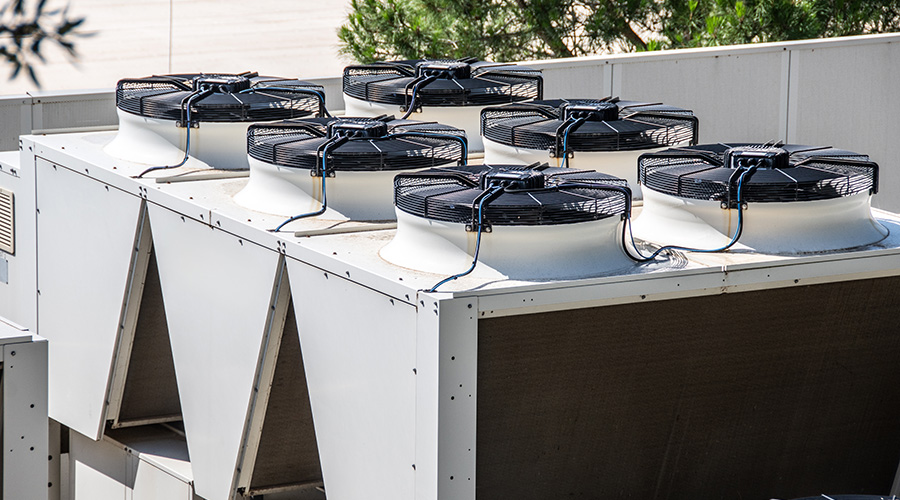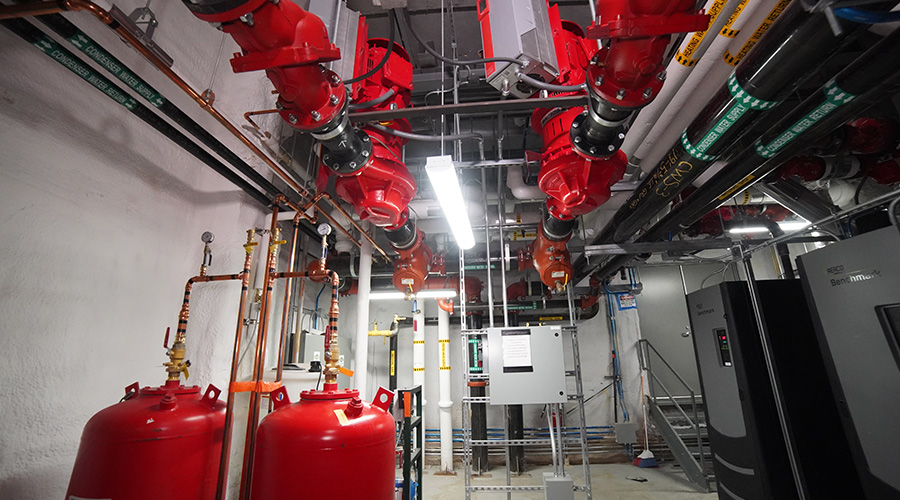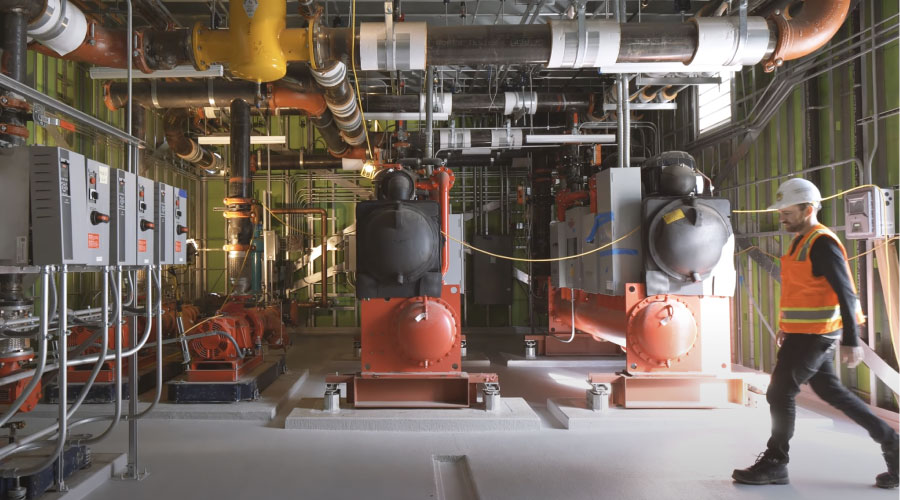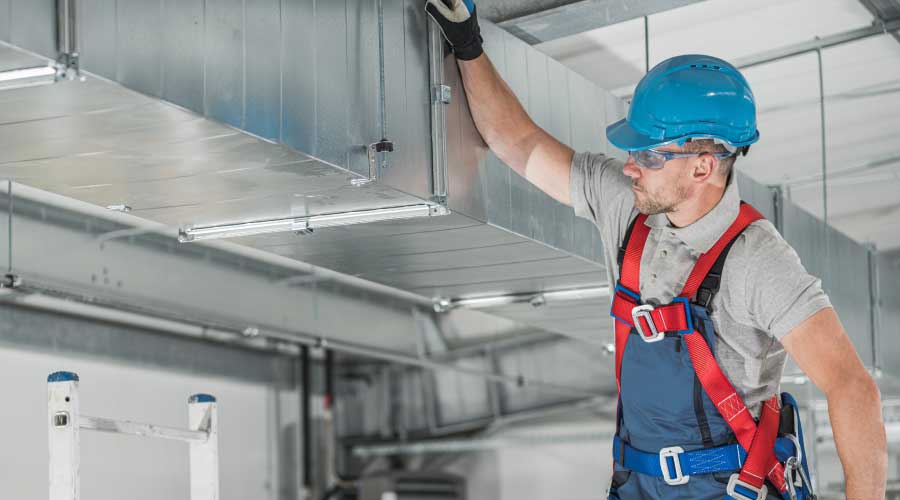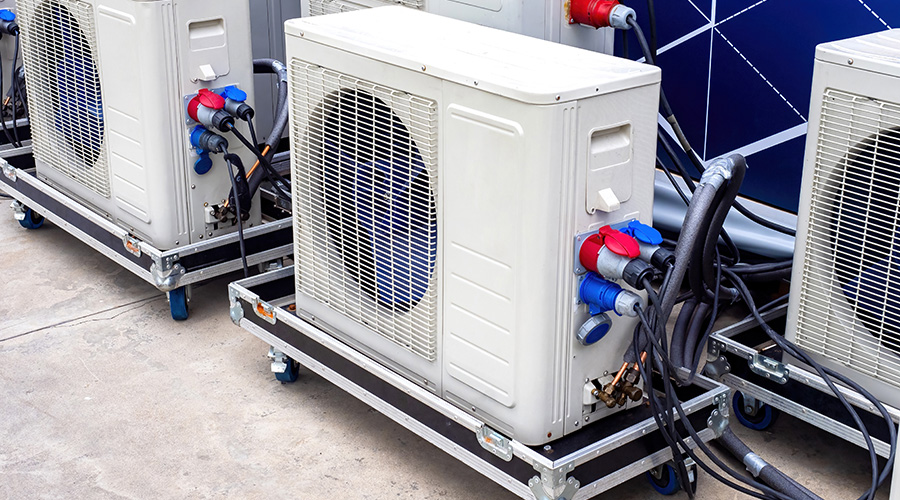Tackling the Refrigerant Transition in the HVAC Industry
The industry is grappling with a refrigerant transition that is raising questions that affect crucial decisions on both refrigerants and the equipment that uses them.
The U.S. Environmental Protection Agency (EPA) has mandated that beginning Jan. 1, 2025, HVAC manufacturers no longer can manufacture HVAC systems that use hydrofluorocarbon (HFC) refrigerants with a global warming potential (GWP) greater than 700, such as R-410A. The goal is to decrease the impact of refrigerants on global warming and climate change. The change to low-GWP refrigerants is limited to A2L refrigerants, a classification determined to be non-toxic and mildly flammable.
Further complicating the issue, some states have enacted new laws that also govern the phaseout of HFC refrigerants. The rules around HFC refrigerants are evolving quickly, with new regulations pushing the HVACR industry toward even-lower-GWP alternatives. These changes are creating challenges, especially when it comes to aligning different regulations, and they are creating misinformation.
“The misinformation is people think they need to change (equipment) today, or they take out their equipment,” Yurek says. “You don't need to do that. You can continue to service it. You should look at alternatives that are economical if there's a need to switch out a refrigerant and do a drop in, but there are alternatives, and there are times and a mechanism to deal with that.
“There's no requirement that they replace what they have today. They should probably retrofit and get rid of the 404 and use another drop in to go from 4,000 (GWP) to a much lower GWP. But that's why the EPA transition rule gave dates going from 2025 all the way out through 2028 — because we know there's going to be a rollout of new equipment, new technologies and new refrigerants.”
The industry also must deal with misinformation related to the safety of A2L.
“There are some safety concerns,” says Talbot Gee, president and CEO of HARDI. “Frankly, I also was a little concerned as this product started getting out there with all the added sensors and things like that that some of the initial startups might be tricky or that contractors would have trouble with the early tech. So far, it’s actually been a pretty smooth experience with the first round of stuff that was getting installed. It gives me some optimism on that front.”
Tapping into heat pumps
Among the trending topics at the Orlando conference was the growing interest in and application of ground-source heat pumps in facilities. The systems, which tap into the heat existing in the earth, have become more popular in recent years as building owners and managers have better understood their benefits, says Greg Kurtz, technical director with the International Ground Source Heat Pump Association, in his conference session.
The systems can: simultaneously heat and cool different parts of the same building; can be set up in multiple zones, with each zone having an individual room control; and allow greater freedoms in building design due to 50-80 percent less mechanical room space.
“The ground source heat pump industry is a mature technology for efficient heating and cooling of residential and commercial buildings today,” Kurtz says. “These systems can be implemented in new construction or retroactively to existing buildings; and can work in both urban and rural environments.”
Tax incentives also have made the technology more appealing. According to the U.S. Department of Energy, commercial building owners interested in installing ground source heat pumps are also eligible for tax credits under the Investment Tax Credit section 48. Businesses also are eligible for bonus credits of up to 30 percent total if their projects meet specific prevailing wage, domestic content or energy community requirements.
Tax incentives “are out here for ground source heat pumps, as well as a newer technology that you're hearing all the buzz about,” Kurtz says. “That’s district energy systems, or thermal energy networks. That's another term for the same thing. It describes a larger block of buildings using energy back and forth through a piping system with water solution to heat and cool buildings instead of fossil fuels.”
Dan Hounsell is senior editor for the facilities market. He has more than 30 years of experience writing about facilities maintenance, engineering and management.
Related Topics:






